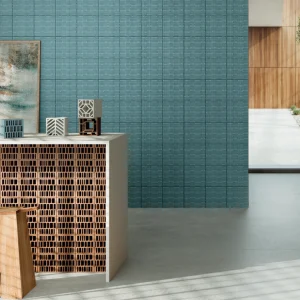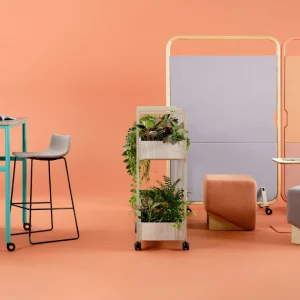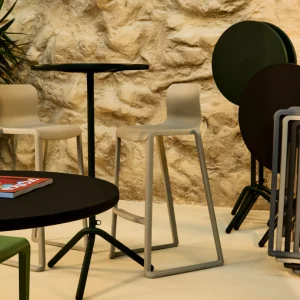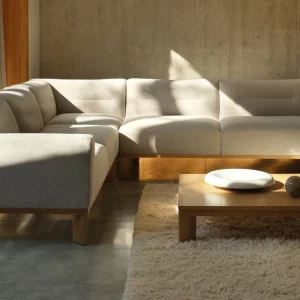
This year’s LDF programme has just got underway with a exciting programme of events that is mirroring the geographical extent of the city. For the second year, the main hub to the festival will be hosted at the V&A. This year, the museum is contributing with 11 design cutting edge projects, some of which celebrate traditional crafts as well as investigating the undisclosed potentials of digital technologies applied to design.
KikiT VisuoSonic research studio from Southampton university designed an installation that is, surprisingly, interacting with an otherwise rather static 11th century Devonshire Hunting Tapestry part of the V&A Collections. The device will react in accordance to sound and movement in the gallery space. VisuoSonic juxtaposed the original tapestry with a digitalised ever-changing version. A performance will take place in the Devonshire Gallery (94) on Friday 24 at 8pm.

Blow and Roll, by Polish designer Oscar Zieta, is the ribbon shaped installation taking centre stage this year in the main courtyard of the V&A (otherwise known as the John Madejski Garden). It is formed by a series of intersecting arches using strips of rolled steel using Zieta’s FIDU technology. This process begins by welding together two pieces of sheet steel measuring the same perimeter, and then has air blown into it. Zieta turned the construction of his installation into a live performance formed by V&A visitors and the press, during which the strips of metal unrolled gently to form an arch, while a compressor was filling them with air.
Diametrically opposite to Zieta’s central stage is I Cling to Virtue the installation by artists Onkar Kular and Noam Toran in the Jones Galleries. A sequence of displays dedicated to European decorative arts between 1600-1800. This part of the V&A feels somehow remote from the rest of the museum, and for this reason a very intriguing space. The room chosen by Kular and Toran is an unusual octagonal space without any natural reminiscent of Ken Adams’ film set designs for Doctor Strangelove.
By cleverly merging reality with fiction Kular and Toran weave the history of a fictional family (Lövy) with real historical events. The artists the created a collection of memorabilia to narrate the family’s history including video footage and objects. To complement the artificial memories created the artists fabricated the objects using 3D printing technology. A must see.





